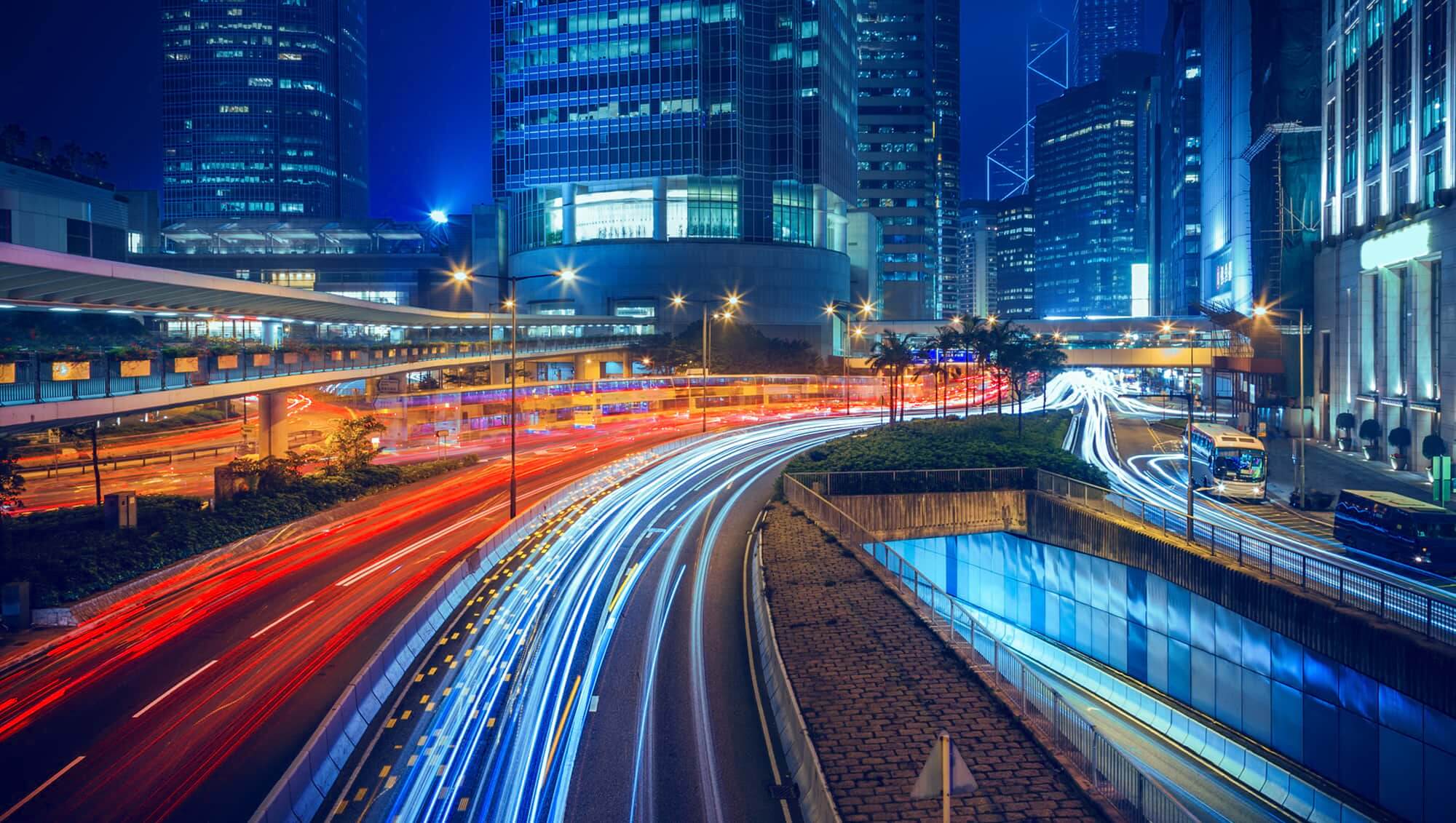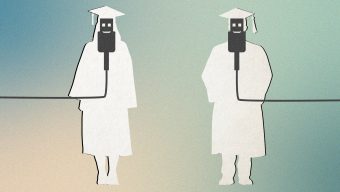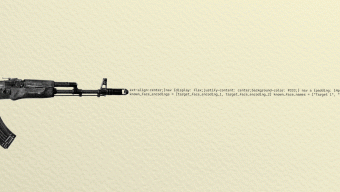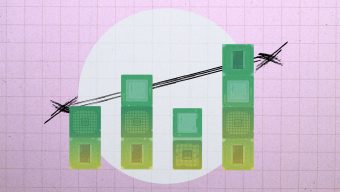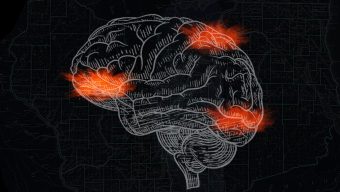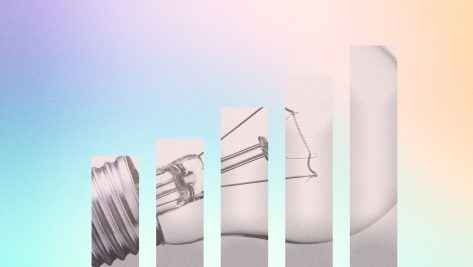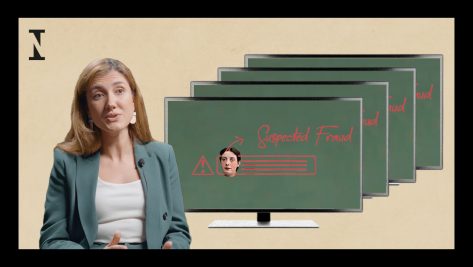Antoine Picon, Professor of History of Architecture and Technology at Harvard University’s Graduate School of Design and Chair of the Le Corbusier Foundation, is not comfortable with simple answers. Especially not when the matter is as intricate as the concept of smart cities, urban areas where the management of essential services draws on two great sources of intelligence: robots, fed by Big Data, which analyze our behavior, and information produced collectively by thousands of inhabitants via their computers and cell phones.
At the conference held at the IE School of Architecture and Design, you suggested some of the dangers of the smart cities concept. What were you referring to?
The main danger is to assume that the city is a system capable of resolving everything and not a political entity that is constantly facing unforeseen circumstances, including cybersecurity failures. We should not be overly tempted by technocracy. The second danger is that we believe there is only a single possible kind of smart city instead of realizing that models must be adapted to the context of each place, and so there are as many kinds as there are places where the idea is implemented. The third danger is that artificial intelligence and the collective intelligence of people end up excluding each other, instead of contributing what each knows how to do best. Neither of the two, on their own, offers solutions to all the problems facing new cities.
What is the place of smartphones in smart cities?
Smartphones are one of the main instruments, because they allow citizens to navigate, communicate, and connect to the digital and physical world. They are also a fundamental source of data for the geolocation of individuals and the creation of maps. Having said that, I feel that we should learn to walk around without looking at a telephone screen all the time. It can end up brainwashing us.
Since you have mentioned brainwashing… do you think that cities which, as you have written, offer continuous distractions and entertainment that directly impact on our senses thanks to the new technologies, leave us any space for reflection?
I think this is a very important point. Architecture has been obsessed recently with opening up to data and information flows and I think it also needs to start considering formulas for protecting us from them. We should also have the possibility to disconnect, to exit the flow.
The city is constantly facing unforeseen circumstances.
However, it does not look like it will be easy. You say that the cities of the past were, above all, places, and those of the future will be more like stages on which something always has to happen. Although the aim is to make us happier, it sounds like quite an oppressive world.
Exactly. Future cities will be vast stages where something will always be happening that will have an impact on our senses. But not everything that happens will be equally relevant and so we should develop, perhaps with the help of artificial intelligence, some kind of filter that allows us to distinguish quickly what is important from what is not. Again, we need to find a balance between opening up to the city and being protected from it.
When we think of future cities, New York, Amsterdam and London come to mind. You think that this is a simplification. Why?
Because you can also find smart cities in emerging nations such as India, Brazil –I myself have visited the control center in Rio de Janeiro– and even many African countries. The reason is that in those places there is widespread use of smartphones and, as we have talked about, they are one of the main instruments of smart cities.
At the IE School of Architecture and Design conference, you identified three major challenges for smart cities to tackle and resolve: sustainability, the consequences for professionals with low level qualifications, and the sense of being in a never-ending present.
The digital economy consumes a great deal of energy and generates a large amount of waste. If the resources that it consumes are limited, then so must the options we can choose from within the digital economy. The second challenge involves thinking about the consequences of the knowledge economy, for example, the inequality experienced by less qualified workers compared with qualified ones in places like San Francisco. Smart cities cannot be cities just for smart people who come from the best universities. In regards to the third challenge, we live with a feeling of eternal present in which we know how atoms age, but not how digital technology does. We need to develop a historical sense of all this.
© IE Ideas.



